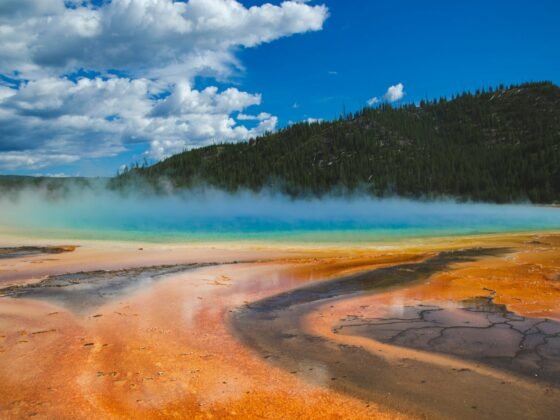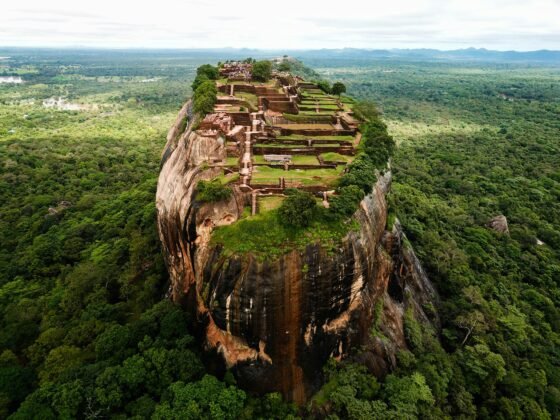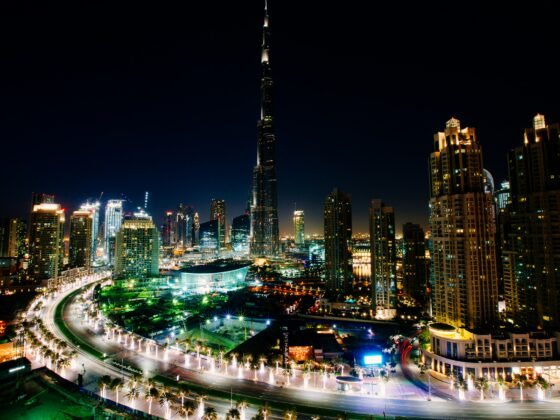The Central Highlands region of Vietnam is a lush forested area home to indigenous tribes, traditional villages, the captivating city of Dalat, sparkling waterfalls and the odd elephant here and there!
Soak up the culture of Dalat
The Central Highlands is elevated at 1,500 meters and offer a welcome respite from the tropical humidity of the south of Vietnam and the landscape is dominated by lush rolling hills, punctuated with ancient villages. Few travellers make in this far inland, which is to your advantage. The main highlights are the former battlefield sites, the indigenous tribes and the charming city of Dalat, dubbed Vietnam’s original resort city.
Dalat goes by several different names: ‘the Jewel of the Central Highlands’ and ‘City of Eternal Spring’ are just two. Whatever you choose to call it, Dalat is the very antithesis of Ho Chi Minh City 300km further south: it’s cooler and more laidback. The city was established as a hill station in the late 19th century, designed to offer respite for the resident Europeans from the oppressive heat and humidity of Saigon. Today Dalat retains its unique culture, from the exquisite French colonial architecture of the French Quarter, to the European villas and traditional farmhouses. In fact some of the larger Colonial properties have been fully restored and are in use today as hotels.
Don’t miss the gingerbread-style Dalat Cathedral (pictured above) which was built in 1931 for exclusive use of the French visitors and residents. Stop by the magnificent Crémaillère Railway Station, which is resplendent in bright yellow Art Deco style, although sadly its not used a great deal anymore. And gawp at the truly bizarre Hang Nga ‘Crazy House’ which was designed by a local war hero’s daughter and which has mystified travellers for years. Its architecture is likened to that of Antoni Gaudi and the grounds are said to be inspired by Dr. Seuss.
Dalat is also known as the ‘City of Thousands of Pines’ thanks to the abundance of fragrant pine trees that line the banks of the many lakes. Chill out with a trip on one of the lakes, both natural and artificial including Da Thien, Ho Xuan Huong and Tuyen Lam. The city is also famed for its beautifully fragrant flower gardens filled with roses, orchids, lilies and camellias. Don’t miss the delightful Dalat Flower Park, located towards the end of Xuan Huong Lake which covers an impressive 7,000 sq. meters. Also in the area are individual flower gardens set around an authentic reconstructed Vietnamese teakwood house. Give your legs a rest and opt for a brief cable car ride u over Dalat’s pine forests, which also takes in an impressive hill-top pagoda. Alternatively a 4×4 trip up the Langbiang Mountain offers spectacular views over Dalat’s mountains, valleys and cityscape. Get here for either sunrise or sunset for an awesome view.
Finally Dalat firmly cements its position as the honeymoon capital of Vietnam with its dreamy palaces and summer houses. The thirteenth and final emperor of the Nguyen Dynasty Bao Dai (1913-1997) resided at the city’s three heritage sites, which are known as Palace I, II and III. Together with the Dalat Palace Hotel and the Dalat Du Park Hotel many of the structures was established around 1922. The Emperor also perfected his swing at the Dalat Palace Golf Club, with its sprawling greens, built in European style.
Try the world-famous coffee of Buon Ma Thuot
The capital of Dak Lak Province is Buon Ma Thuot, which is best known for its production of famous Vietnamese coffee. Catch the annual festival each March which is dedicated to the ‘black nectar’. The town also offers a gateway to the Yok Don National Park…
Hike in the Yok Don National Park
Head about 40km west of Buon Ma Thuot to explore the vast National Park of Yok Don. This biodiverse forest is an important conservation site and is home to nearly forty different animal species which are globally endangered, including the Asian elephant, leopard, red wolf and tiger. Established in 1986, the park is an excellent place to hike the forested hills and traverse the pretty waterfalls and Srepok River. Birdwatchers will also be in their element with over 250 different types of bird species to be found here.
Explore the heritage of Lak Lake
Ho Lak, aka Lak Lake, is the largest natural lake within Vietnam’s Central Highlands and visitors are treated to a glimpse of everyday traditional life that take place on the banks of the lake. Jun village at the southern end is home to the traditional M’nong settlement who still live in authentic stilt houses crafted locally from wood and rattan. As well as the M’nong, there are also other colourful minority hill tribes that call this are home, such as the Edeh and Jarai. Travellers can ride an elephant alongside the lake or take a dugout canoe (or a boat if you’re not feeling adventurous) across the lake to explore Emperor Bao Dai’s former hunting lodge.
Discover the minority hill tribes of Kontum
The quiet village of Kontum offers a fascinating insight into rural life. Centuries old Sedang, Rengao, Bahnar, Gieh Trieng and Jarai minority hill tribes live in settlement which are centered around the ‘rong’ – a massive communal building where communities gather. Don’t miss the Tan Huong Church, the wooden Montagnard Church which was constructed in 1913 and the colonial-style Catholic seminary.
Chill out in Ngoc Hoi
The small town of Ngoc Hoi is close to the border with Laos on the popular Ho Chi Minh walking trail. Visitors can stay here and soak up the calm atmosphere prior to crossing over into Laos.
Experience Pleiku for yourself
The town of Pleiku is located in the Gia Lai Province and is home to communities of the Kinh ethnic group. The town has a pretty little pagoda, the Minh Thanh Pagoda, which travellers can wander around. Close by is the Bien Ho Lake where visitors can try their hand at fishing or hire a local boatman to ferry them across the lake.












